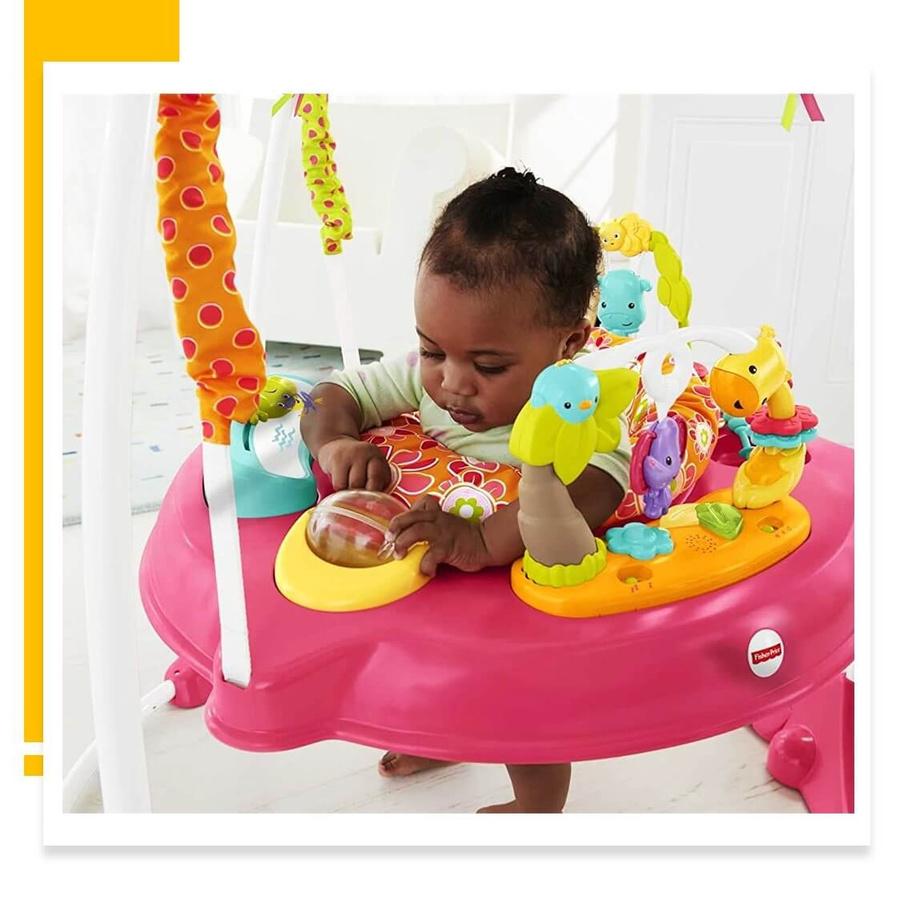
1 minute read
The Right Time to Introduce an Activity Jumper
As your baby grows and develops, you might be thinking about adding an activity jumper to their playtime routine. Activity jumpers can be a wonderful tool for promoting physical development, stimulating your baby's senses, and providing endless fun. But when is the right time to introduce one?
Choosing a character-themed activity jumper, like a Minnie Mouse Jumper, can be an exciting addition to your baby girl's playtime. As she bounces in her jumper, she'll be surrounded by familiar and beloved characters, making her playtime even more enjoyable.
Just remember, whether it's a themed jumper or not, safety should always come first. Always supervise your baby during playtime and limit sessions in the activity jumper to avoid overuse.
Stage 5: Baby 9 to 12 months
This is an exciting time as your baby may begin to show signs of walking. They'll start to 'cruise' along furniture and might take steps while holding onto your hands. Some babies might even start to stand or walk independently!
How to support: Encourage practice walking with supervision. Push toys can be a great help during this stage.
Pediatricians and child development experts typically recommend introducing an activity jumper when your baby can hold their head up without any assistance, usually around 4 to 6 months of age. However, every baby is different, so it's important to pay attention to their individual development. The critical factor is that your baby should be able to support their own head and maintain an upright posture.
Now, suppose you have a little princess at home and are considering something more specific, such as a Minnie Mousethemed activity jumper. In that case, it's an excellent choice that combines fun with functionality.
Themed activity jumpers not only provide all the benefits of standard activity jumpers but also offer the added advantage of being visually appealing to your baby. They come with a variety of attached toys and activities that match the theme, stimulating your baby's senses and keeping her engaged.
Remember, each child is unique and may not adhere strictly to these timelines –and that's perfectly okay. Always consult with a healthcare professional if you have concerns about your baby's development.
Most importantly, enjoy this journey of growth and discovery with your baby, cherishing each milestone as they come!
Note: This article is intended to provide a general understanding of infant motor development. It is not meant to replace professional medical advice. Always consult with your pediatrician or a child development professional for personalized advice about your child's needs.




